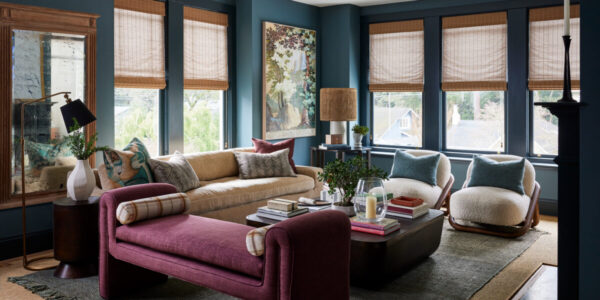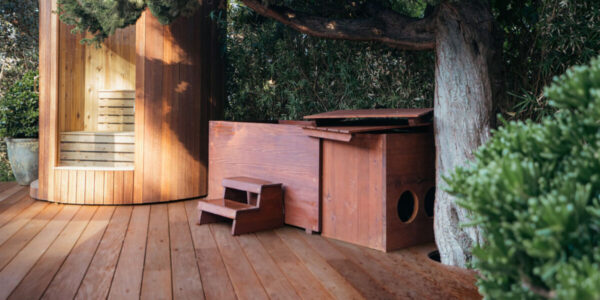
This Glamorous, Wallpapered Shack Puts the Chic in Chicken Coop
Plus, design tips and inspo to create the perfect abode for your hens.

© Kate E. Richards/drinkingwithchickens.com
When it comes to dreaming up her perfect coop, Kate Richards—avid gardener, homegrown cocktail crafter, and wrangler of chickens—always starts with function before deciding on design details. First she figures out run size, roosting areas, number of nesting boxes, and where supply storage will live, and then she pieces together the perfect layout for the space. From there Kate adds details and decor elements that might seem over the top compared to the standard utilitarian set up. She’s known for using unexpected paint colors, patterned wallpaper, and gingerbread trim that make the entire space more aesthetically interesting while fitting in with her own home’s style and architecture.
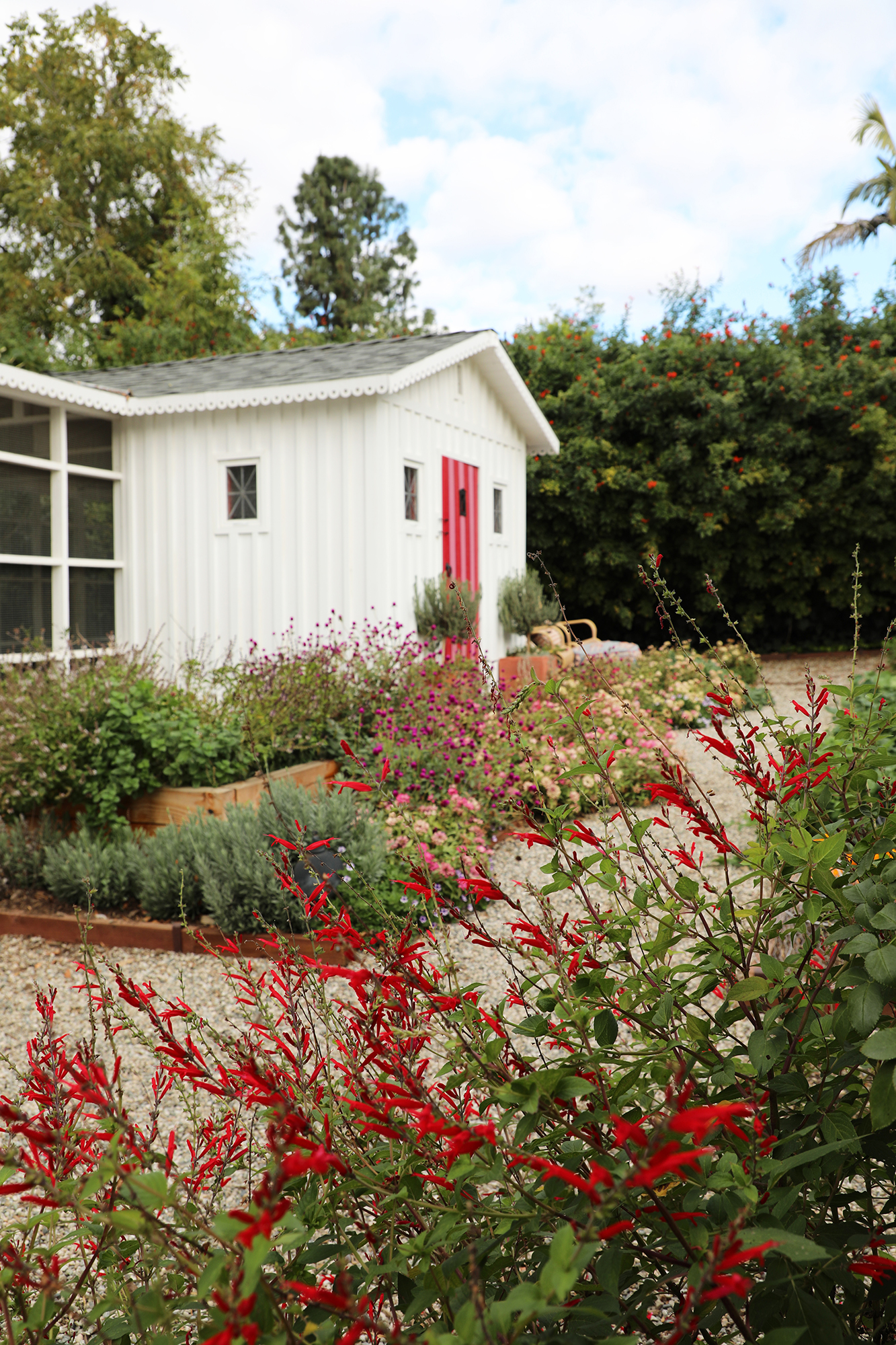
© Kate E. Richards/drinkingwithchickens.com
Here Kate gives us a look into her colorful coop and shares six important features where function can be elevated stylishly for your fab feathered friends.
1. Ventilation
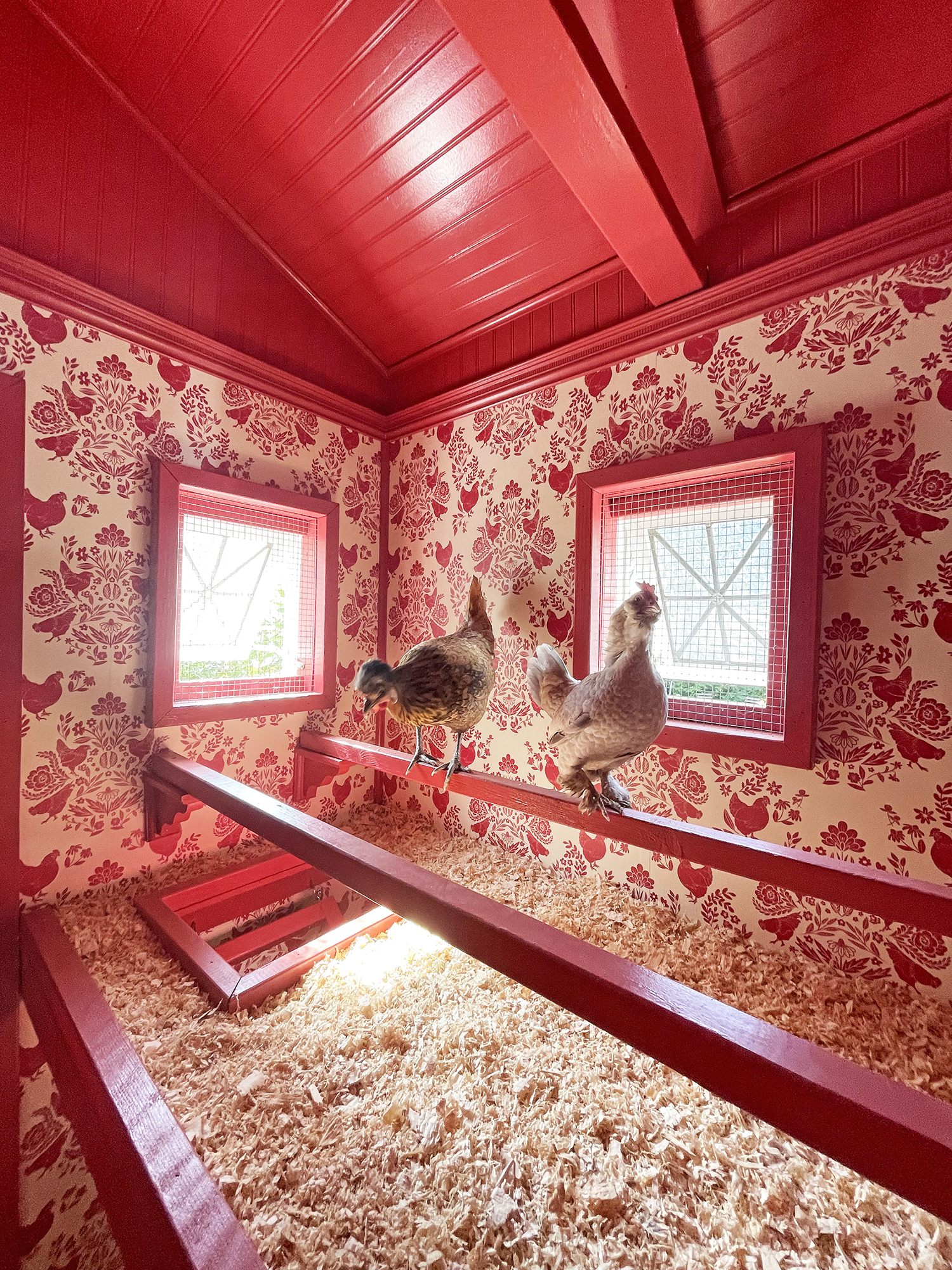
© Kate E. Richards/drinkingwithchickens.com
Proper coop ventilation is incredibly important to the health of your flock, as droppings can quickly make the air toxic in a small, enclosed space. However, you also must consider temperature regulation with birds needing to stay draft-free during the winter and cooler in the summer. Kate suggests adding windows that can be opened and closed depending on the season and using repurposed gorgeous leaded glass windows from Etsy. By reframing and converting them into awning-style windows for the coop, she added a dose of charm to the entire structure while being able to manage air flow effortlessly.
2. Roosting Area
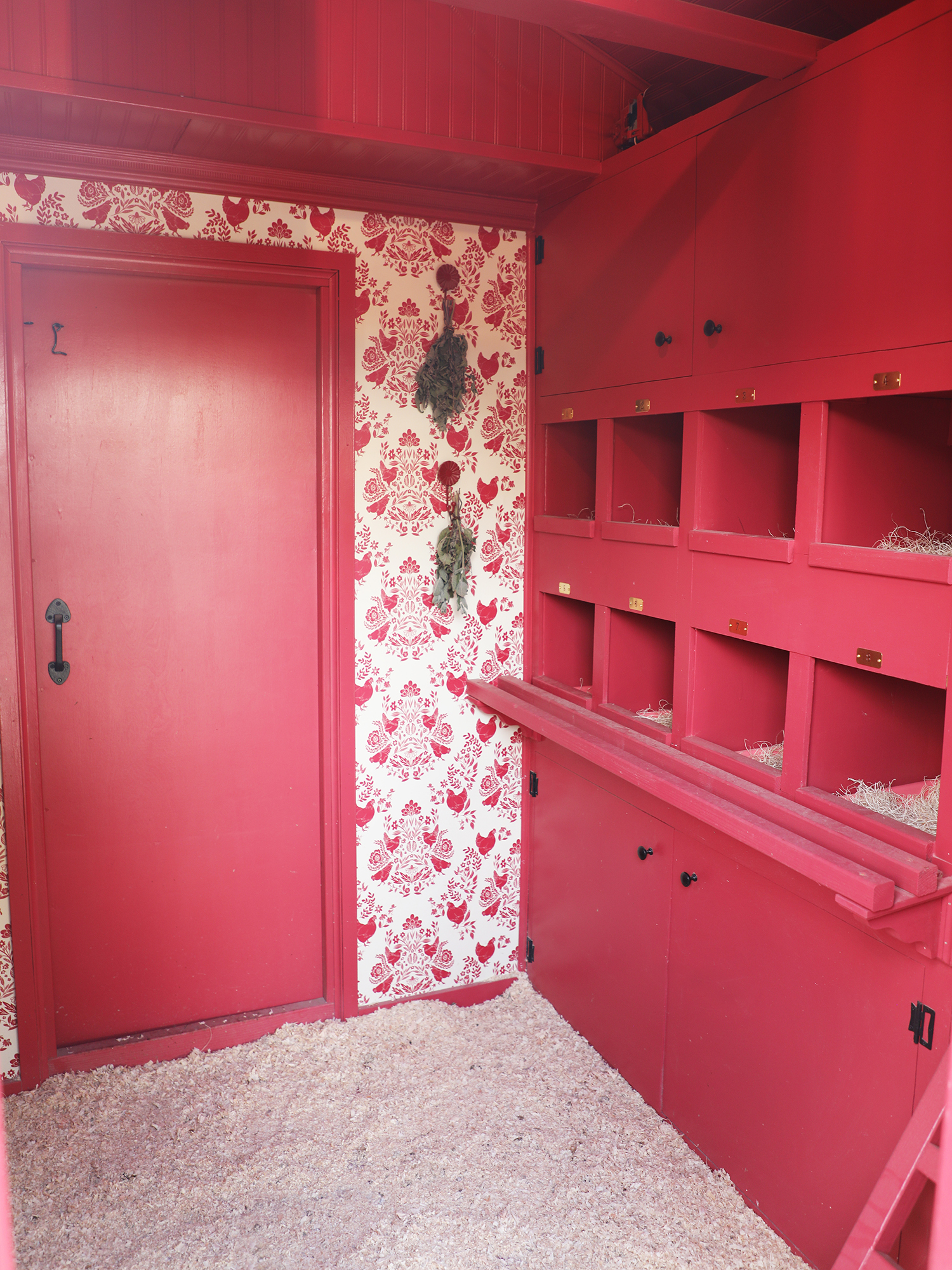
© Kate E. Richards/drinkingwithchickens.com
The majority of waste generated inside the coop will fall directly under the main roost bar where the chickens sleep at night. Kate suggests building a shelf dedicated to catching chicken droppings, keeping the main floor of the coop clean and your sanitation duties a breeze.
3. Clean up Crew
If you’re thinking about adding chickens to your homestead, Kate informs, “There is no magic solution to get around this. You’re going to have to be really comfortable with cleaning up poop. Frequently.” She uses peel-and-stick vinyl wallpaper reinforced with staples to not only add a pop of personality, but because she finds it the most practical surface to cover coop walls in: The vinyl wipes down in a snap with just a damp cloth.
4. Predator Precautions
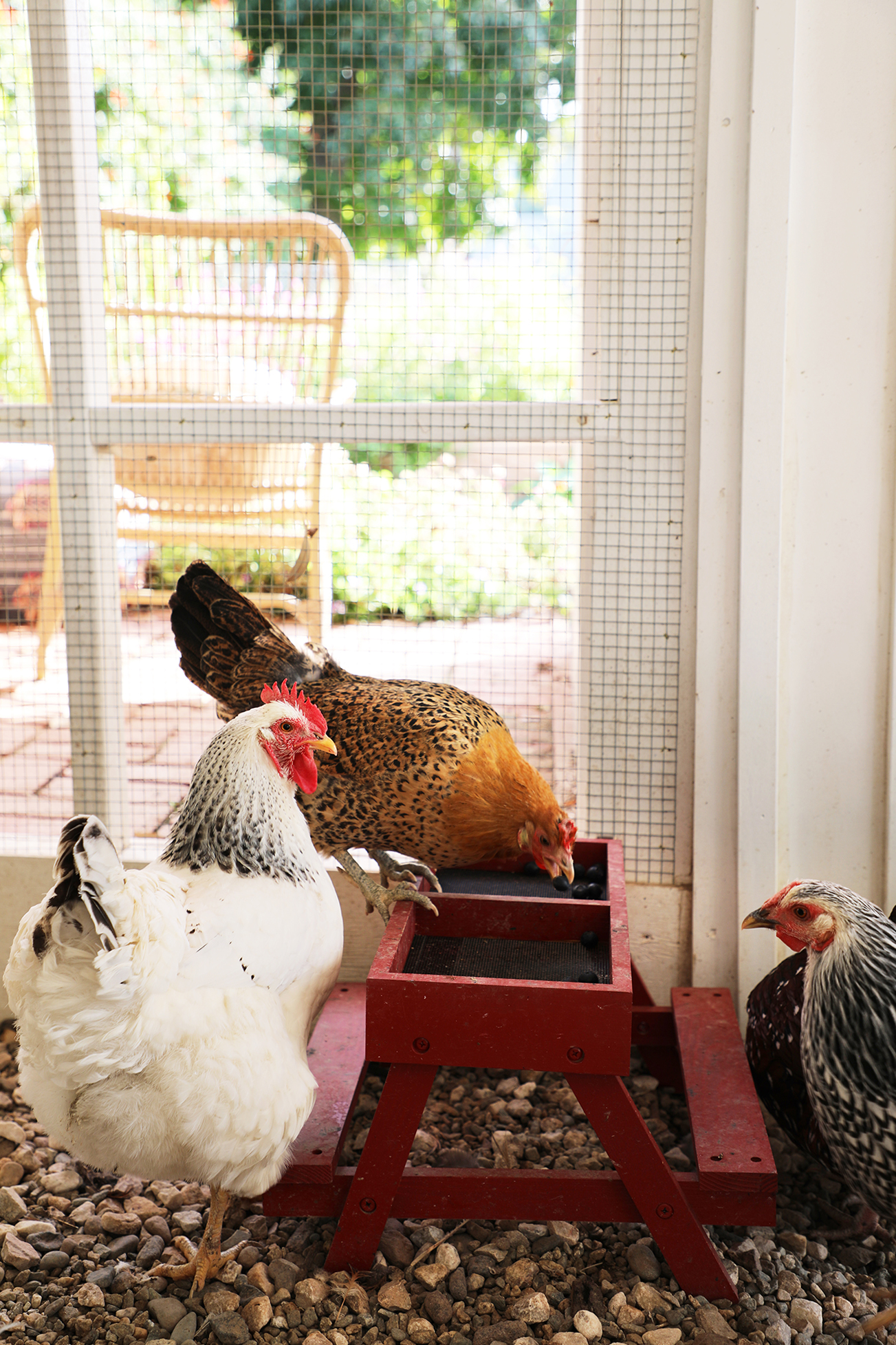
© Kate E. Richards/drinkingwithchickens.com
Maybe one of the most important materials to source when setting up a coop: the wire mesh known as hardware cloth (not chicken wire). Hardware cloth’s smaller 1/2 inch-square openings keep your chickens in and all kinds of predators and pests out. Kate installed this material in a grid pattern to reinforce and provide additional protection from larger local predators such as bobcats, coyotes, and bears. She adds that the grid pattern not only provides additional support, but it also helps make the run look more like a greenhouse garden structure as opposed to a traditional chicken run.
5. Enclosed Run
By covering your run, not only will you keep the elements out and provide chickens a dry area on rainy days, but you will also keep wild birds, their droppings, and their bird-borne illnesses out. Kate adds that any flock will still have the possibility of being exposed during free-range time, but a covered and secure space is essential. Rooflines are practical but can also provide a decorative moment and allow you to play with whimsical design elements like gingerbread trim, cupolas, and weathervanes.
6. Entertainment Add-Ons
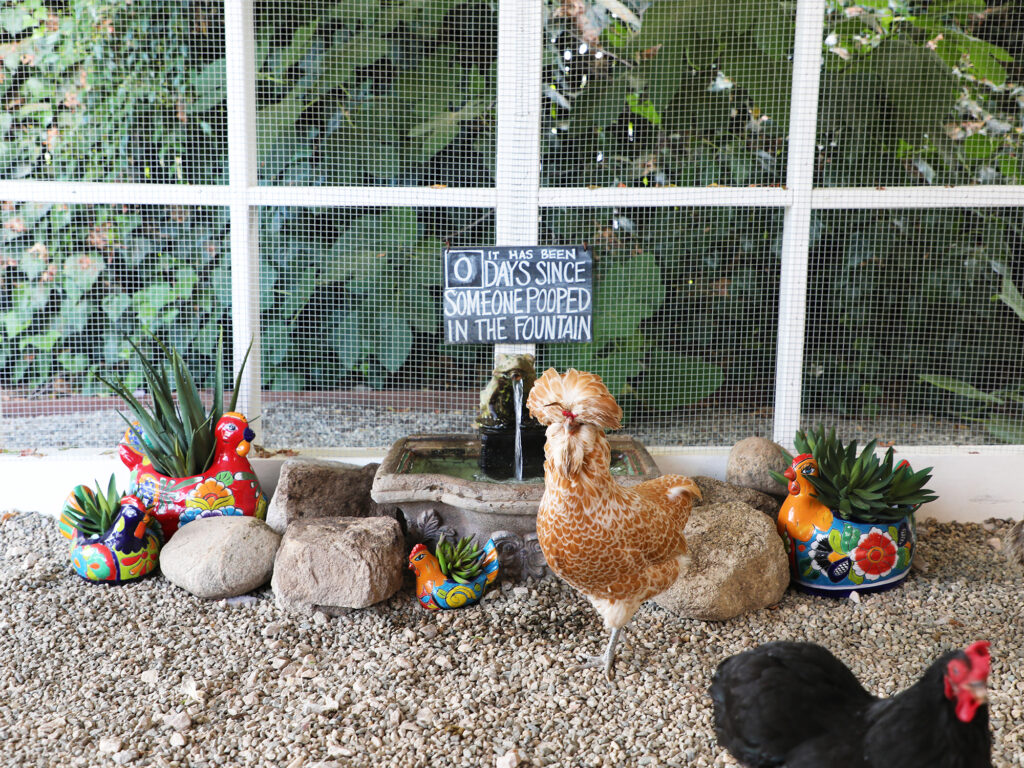
© Kate E. Richards/drinkingwithchickens.com
When dialing your design, be sure to lean into chickens’ inherent curiosity. One element that took Kate by surprise despite her 15 years of chicken keeping (other than her previous chicken cocktail bar complete with neon signage), is a small fountain. At first, it was a detail she added for herself, but then quickly realized that the chickens loved it. Her tip: Choose a small enough fountain that is easy to dump out and clean (because: chickens).
Buy Kate’s Book
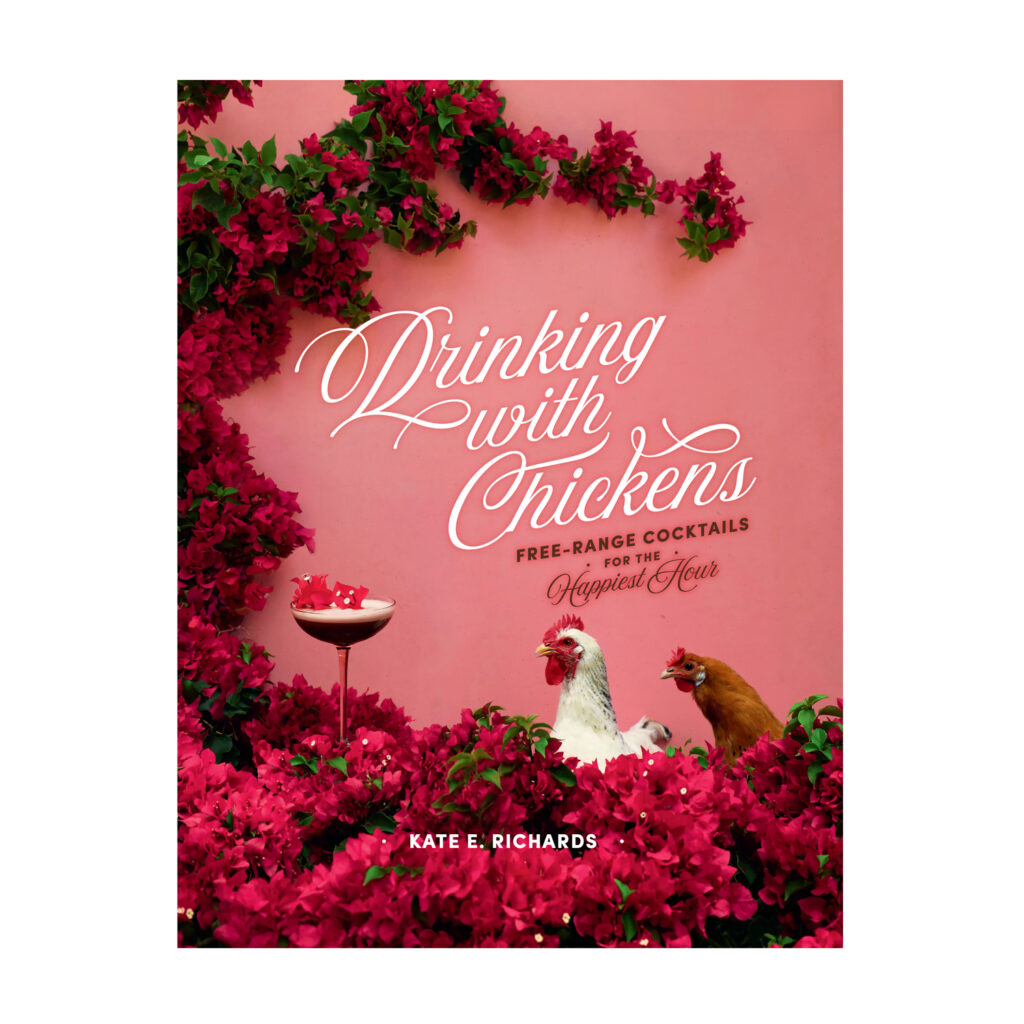
© Kate E. Richards/drinkingwithchickens.com
We only recommend things we love. If you buy something through our site, we might earn a commission.
